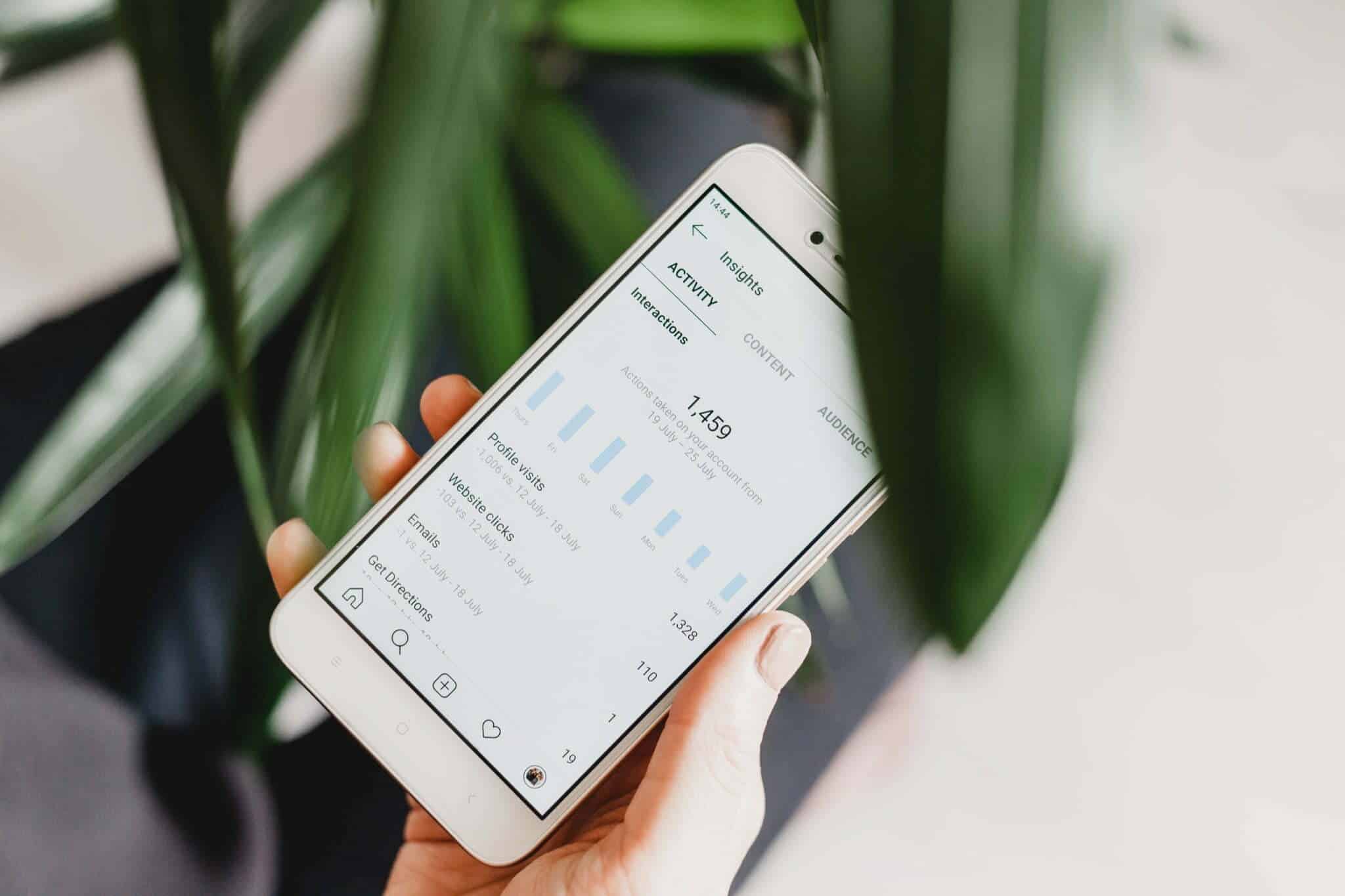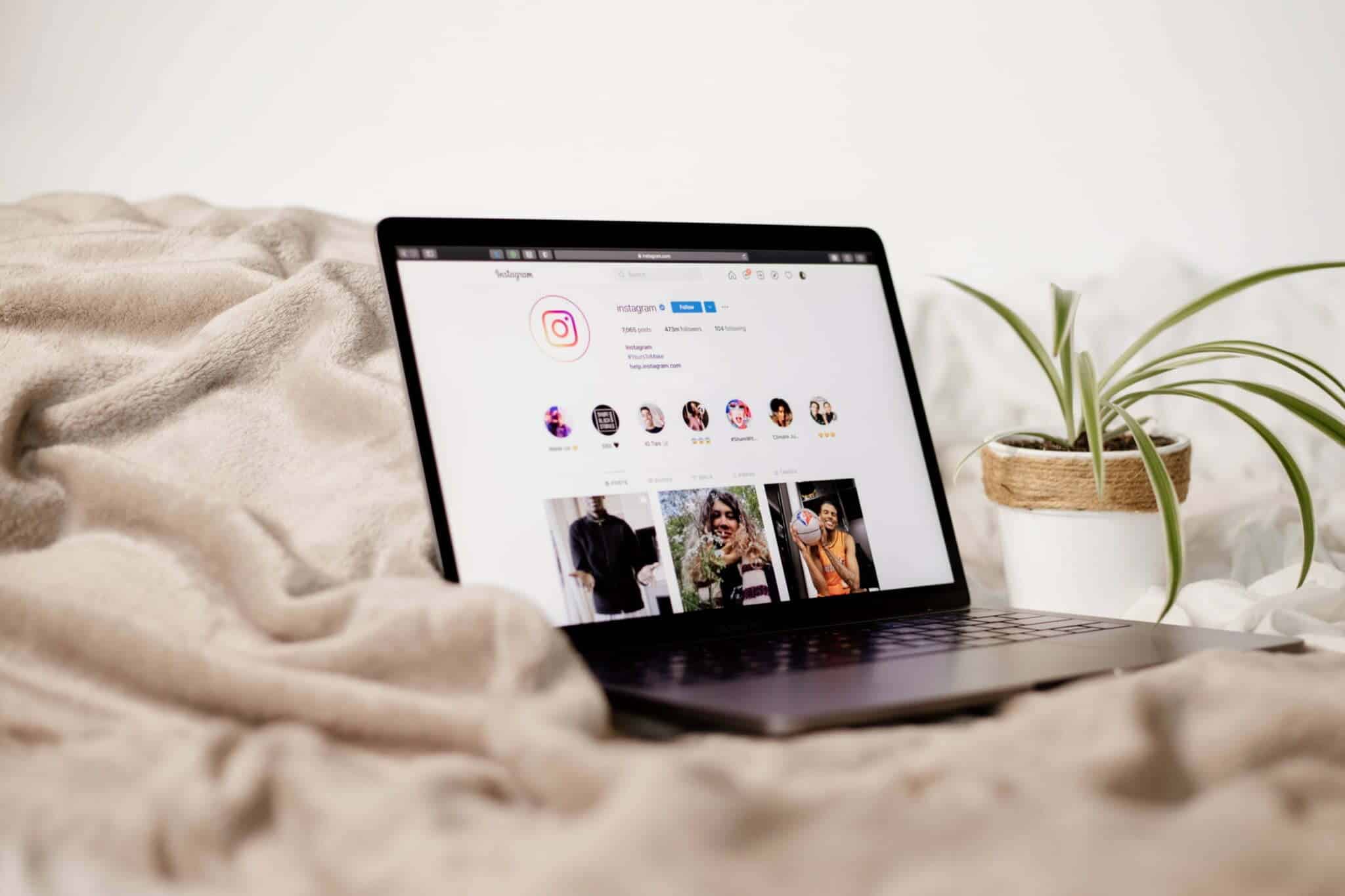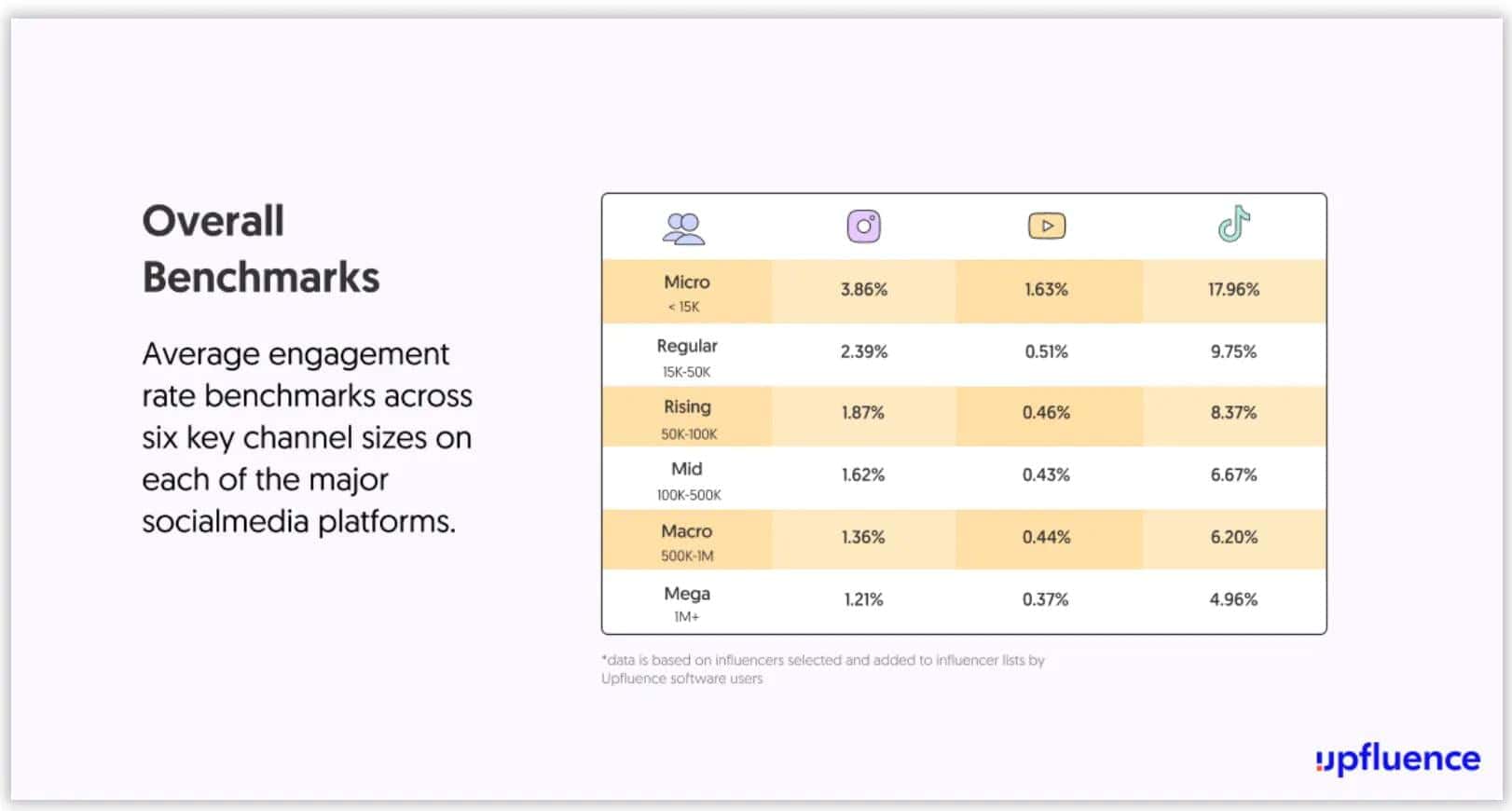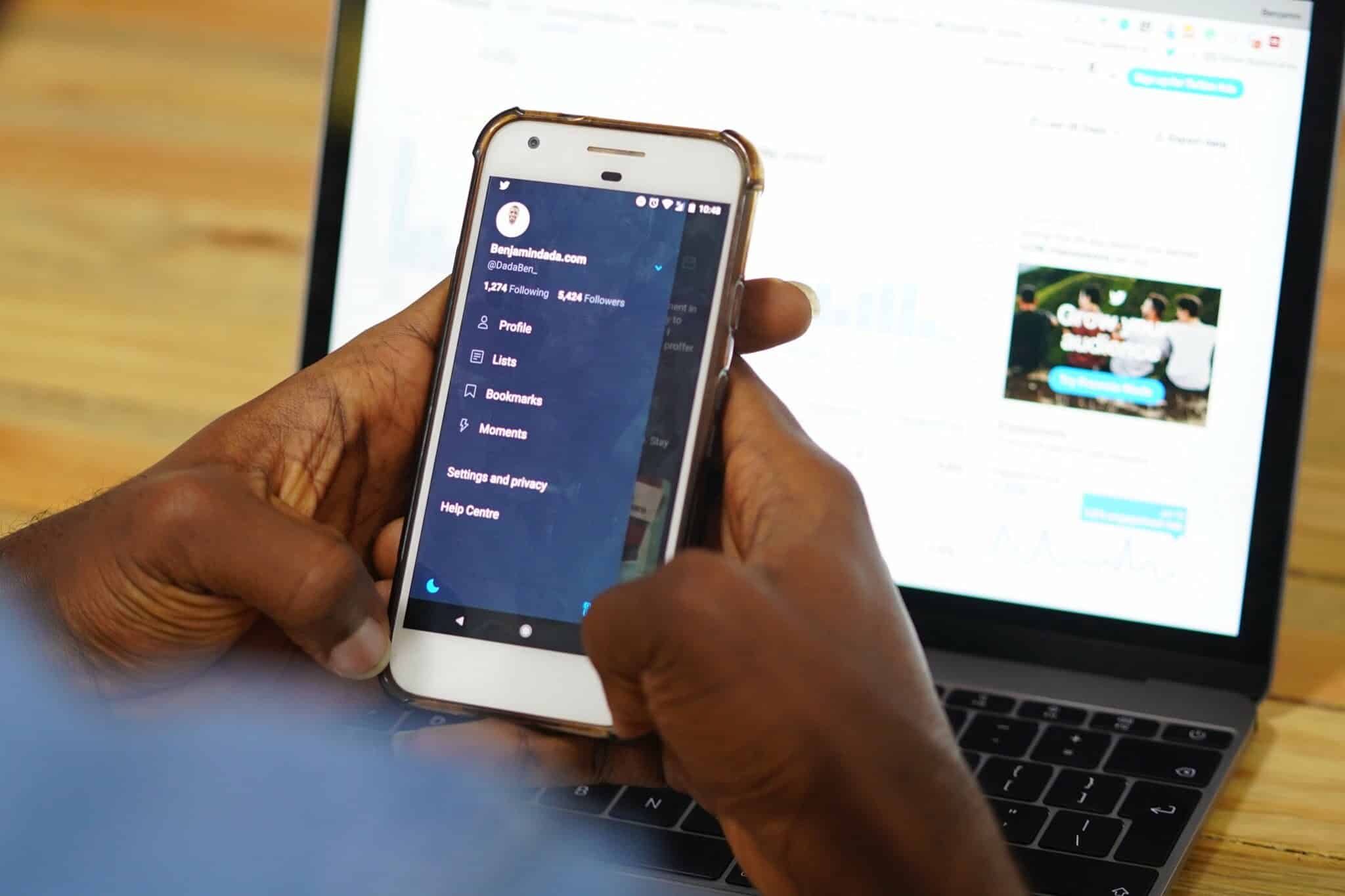Social media marketing has become crucial to any successful promotional strategy. As a result, influencer marketing is on the rise.
Authentic influencers play a significant role in building trust and driving engagement. Whether you want to make complex legal topics like a bill of sale more accessible or convert potential customers ahead of a new product launch, influencers can have a positive impact on the effectiveness of your campaign.
Partnering with genuine influencers who share relatable and compelling content can elevate a brand’s image and increase its credibility, resulting in higher conversion rates and long-term customer loyalty.
However, not all influencer partnerships are created equal.
Collaborating with influencers who have fake followers can negatively affect your brand. It can result in wasted marketing budget and resources, as the fake followers won’t engage with your content or contribute to meaningful business outcomes.
It can also damage your brand’s reputation, as consumers become increasingly aware of fake followers and may view your brand as untrustworthy or deceptive.
To help you navigate this challenging landscape, this article will discuss tips for avoiding inauthentic influencers and ensuring your social media marketing efforts are effective and genuine.

Free to use image sourced from Unsplash
Understanding Fake Followers
Fake followers are social media accounts created to inflate an influencer’s follower count or automated ‘bots’ that engage with content without genuine interest or human involvement. These fake followers do not add value to an influencer’s audience and can significantly skew engagement metrics.
Reasons Why Influencers Might Have Fake Followers
There are several reasons why influencers may have counterfeit followers, including:
- Purchasing followers: Some influencers intentionally buy fake followers to inflate their audience size and appear more influential to secure brand partnerships and sponsorships.
- Use of automated tools: Content creators may use third-party tools to automatically follow and engage with other accounts, which can attract fake followers in return.
- Inorganic growth strategies: Aggressive follow-for-follow strategies or participation in engagement groups can lead to an influx of fake followers, even if the influencer doesn’t intentionally seek them out.
Signs of Fake Followers on Social Media Profiles
Detecting fake followers can be challenging. But there are some tell-tale signs to watch out for, such as:
- Low engagement rates: A large following with disproportionately low likes, comments, or shares can indicate the presence of fake followers.
- Inauthentic comments: Generic or spammy comments lacking context or relevance are always a warning sign.
- Inconsistent follower growth: Sudden and unexplained spikes in follower growth, particularly when not accompanied by an increase in engagement, can signal the presence of fake followers.
- Suspicious follower profiles: Fake followers often have incomplete profiles, few or no posts, and may follow a large number of accounts with little to no followers themselves.
Tips for Avoiding Influencers With Fake Followers
Analyze Engagement Rates
The engagement rate is a critical metric for evaluating the effectiveness of an influencer’s content and the quality of their audience. It measures the level of interaction between an influencer’s followers and their content, which includes likes, comments, and shares.
A high engagement rate indicates that an influencer’s audience is genuinely interested in and actively engaging with their content, making them more valuable for brand partnerships and collaborations.

Free to use image sourced from Unsplash
How to Calculate Engagement Rates
The engagement rate is calculated by dividing the total engagement (likes, comments, and shares) on a piece of content by the total number of followers and multiplying the result by 100 to get a percentage. Here’s the formula:
Engagement Rate = (Total Engagement / Total Followers) x 100
It’s essential to analyze engagement rates over multiple posts to accurately represent an influencer’s performance, as individual posts may have varying levels of engagement.
Comparing Engagement Rates to Industry Benchmarks
Comparing an influencer’s engagement rate to industry benchmarks can provide valuable context for determining their authenticity and effectiveness. Industry benchmarks vary depending on the social media platform and the niche or industry in which the influencer operates.
For example, Instagram engagement ranges from ~1% to ~4%, while YouTube influencers have a slightly lower rate. TikTok, on the other hand, drives a much higher engagement of between ~5% and ~18%.
To assess an influencer’s authenticity, compare their engagement rate to the industry standard. The easiest way is to use an engagement rate calculator like Modash which includes benchmark data. If their engagement rate is significantly below the bar, it may indicate a high proportion of fake followers. Conversely, they have an engaged and genuine audience if their engagement rate is consistently above the average.

Image Sourced from upfluence.com
Use Social Media Analysis Tools
Several social media analysis tools can help you assess an influencer’s authenticity and detect fake followers. Some popular tools include HypeAuditor, Phlanx (Instagram-specific), and Social Audit Pro.
Features and Benefits of Analysis Tools
Using social media analysis tools offers several benefits for identifying fake followers and assessing influencer authenticity. Primary benefits include:
- In-depth analytics: These tools provide detailed information about an influencer’s audience, including demographics, engagement rates, and follower growth patterns.
- Fake follower detection: Many tools have algorithms designed to detect fake followers based on factors like account activity, engagement, and profile completeness.
- Time-saving: Manual assessment of an influencer’s followers can be time-consuming. Smart tools help automate the process and provide actionable insights quickly.
- Benchmark comparison: These tools often include industry benchmarks, allowing you to compare an influencer’s performance with their peers.
Case study: Detecting Fake Followers With a Social Media Analysis Tool
A brand specializing in eco-friendly products wanted to partner with an Instagram influencer to promote their new line of reusable water bottles. They identified an influencer with a large following and an apparent interest in sustainability.
Before collaborating, they used a social media analysis tool to assess the authenticity of an influencer’s followers before deciding to collaborate with them.
The tool revealed that many of the influencer’s followers were fake or inactive accounts, prompting the brand to reconsider the partnership. By leveraging tools like these, brands can make better-informed decisions about their influencer marketing campaigns.
3. Examine Follower Profiles
Fake follower profiles often exhibit several red flags. Some common signs include:
- Low activity: Fake followers usually have few posts or their content may be unrelated or repetitive.
- Generic profile pictures: Stock images, generic avatars, or a lack of profile pictures are typical among fake followers.
- High following-to-follower ratio: Fake followers often follow many accounts with few followers.
- Absence of a bio: Many fake followers have incomplete profiles, lacking a bio or personal information.
- Suspicious usernames: Usernames of random numbers and letters or resembling spam accounts can indicate fake followers.
Strategies for Manually Auditing Follower Profiles
While social media analysis tools can be helpful, manually auditing follower profiles can provide valuable insights into an influencer’s audience quality. Here are some strategies to consider…
Random Sampling
Select a random sample of an influencer’s followers and examine their profiles for the above red flags. A high percentage of suspicious accounts within the sample can indicate a significant presence of fake followers.
Evaluate Engagement
Look at the comments and likes on an influencer’s posts. If most comments are generic, irrelevant, or spammy, it may be a sign of fake engagement.
Monitor Audience Growth
Monitor the influencer’s follower growth over time. Sudden, unexplained follower spikes without a corresponding increase in engagement may indicate the acquisition of fake followers.
While manual auditing can be time-consuming, it can be worth it to get a more in-depth understanding of an influencer’s audience, helping you make more informed decisions about potential partnerships.

Free to use image sourced from Unsplash
4. Monitor Follower Growth Patterns
Genuine influencers typically exhibit steady and organic follower growth patterns. Their audience grows gradually as they create and share high-quality content, engage with their followers, and participate in relevant conversations within their niche.
It’s normal for genuine influencers to experience occasional fluctuations in growth, such as increases after viral posts or collaborations with other influencers. But a corresponding increase in engagement usually accompanies these changes.
Identifying Fake Follower Growth
Fake follower growth often exhibits specific patterns that can help you identify influencers with inauthentic audiences. Signs to look out for include:
- Sudden spikes: A sharp, unexplained increase in followers not accompanied by a rise in engagement or content quality can indicate fake follower acquisition.
- Inconsistent growth: Erratic fluctuations in follower count, such as rapid gains followed by sudden drops, may suggest using third-party tools or follow-for-follow strategies that attract bots.
- Low engagement rate: As mentioned earlier, a low engagement rate despite a large following can indicate the presence of fake followers who don’t genuinely engage with the influencer’s content.
Monitoring an influencer’s follower growth patterns can provide valuable insights into the authenticity of their audience and help you avoid partnering with influencers with fake followers.
5. Research Influencer’s History and Reputation
An influencer’s credibility and past collaborations play a vital role in determining the success of your partnership. Working with influencers with a history of genuine and successful collaborations ensures that your marketing efforts yield positive results.
Influencers with a solid reputation are more likely to have authentic followers, making your investment in the partnership more worthwhile.
Platforms and Methods for Researching Influencers
There are several platforms and methods to help you research an influencer’s history and reputation:
- Google search: Perform a search of the influencer’s name or handle to find information about their past collaborations, media coverage, and potential controversies.
- Social media: Review their profiles to understand their content quality, audience engagement, and past partnerships.
- Influencer marketing platforms: Upfluence, AspireIQ, and Klear can provide valuable insights into an influencer’s performance, audience demographics, and previous brand collaborations.
- Reviews and testimonials: Look for reviews or testimonials from other brands that have collaborated with the influencer to gauge their professionalism and effectiveness.
As part of this research stage, you may also consider reaching out to influencers that you’re interested in working with and asking them for a proposal. Decide how the partnership will work, whether you will aim for a certain number of conversions or adopt a Pay Per Click (PPC) strategy.
In the case of the latter, send potential collaborators a PPC contract template that will guide them in drafting their proposal.
Identifying Red Flags
As you research an influencer’s history and reputation, be on the lookout for controversies that could potentially damage your brand’s image. Red flags might include:
- Fake follower controversies: If the influencer has been accused of buying fake followers or engaging in deceptive practices, it’s best to avoid partnering with them.
- Negative brand collaborations: If past brand collaborations have resulted in adverse outcomes, such as poor campaign performance or customer backlash, consider this a warning sign.
- Inappropriate content: Ensure the influencer’s content aligns with your brand’s values and does not include offensive or indecent material that could harm your reputation.
- Legal issues: Stay away from influencers with a history of legal troubles, as these issues could reflect poorly on your brand and partnership.
Thoroughly researching an influencer’s history and reputation will help you identify potential risks and ensure that you partner with genuine influencers who can effectively represent your brand.
As an additional resource, consider reviewing an escrow agreement sample. If you’re considering collaborating with an influencer, such legal agreements ensure financial protection.

Free to use image sourced from Unsplash
Recap and Final Words on Fake Followers
To recap, here are five tips to help you avoid partnering with influencers who have fake followers:
- Analyze engagement rates: Compare an influencer’s engagement rate to industry benchmarks to gauge the authenticity of their audience.
- Use social media analysis tools: Leverage automated tools to assess an influencer’s audience quality and detect fake followers.
- Examine follower profiles: Manually audit a random sample of follower profiles to identify red flags, such as low activity, generic profile pictures, and suspicious usernames.
- Monitor follower growth patterns: Assesses an influencer’s follower growth over time, looking for signs of fake follower acquisition, such as sudden spikes or inconsistent growth.
- Research influencer’s history and reputation: Investigate their past collaborations, credibility, and potential controversies before finalizing any agreements.
Due diligence is critical in social media marketing, as partnering with influencers with fake followers can lead to wasted resources, low ROI, and damage to your brand’s reputation.
By thoroughly vetting influencers and their audiences, you can ensure that your marketing efforts are directed towards genuine influencers who can drive authentic engagement and positive results for your brand.
Investing in authentic influencers with genuine, engaged audiences could be a valuable step in your social media strategy. Applying the tips outlined in this article, you can identify and partner with trustworthy influencers who can effectively represent your brand, generate meaningful engagement, and ultimately deliver better marketing results.
Remember, the quality of an influencer’s audience matters more than the number of followers. With that in mind, focus on influencers who can genuinely connect with and influence their audience to drive lasting impact for your brand.

